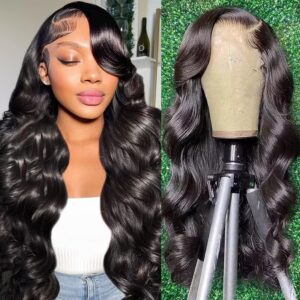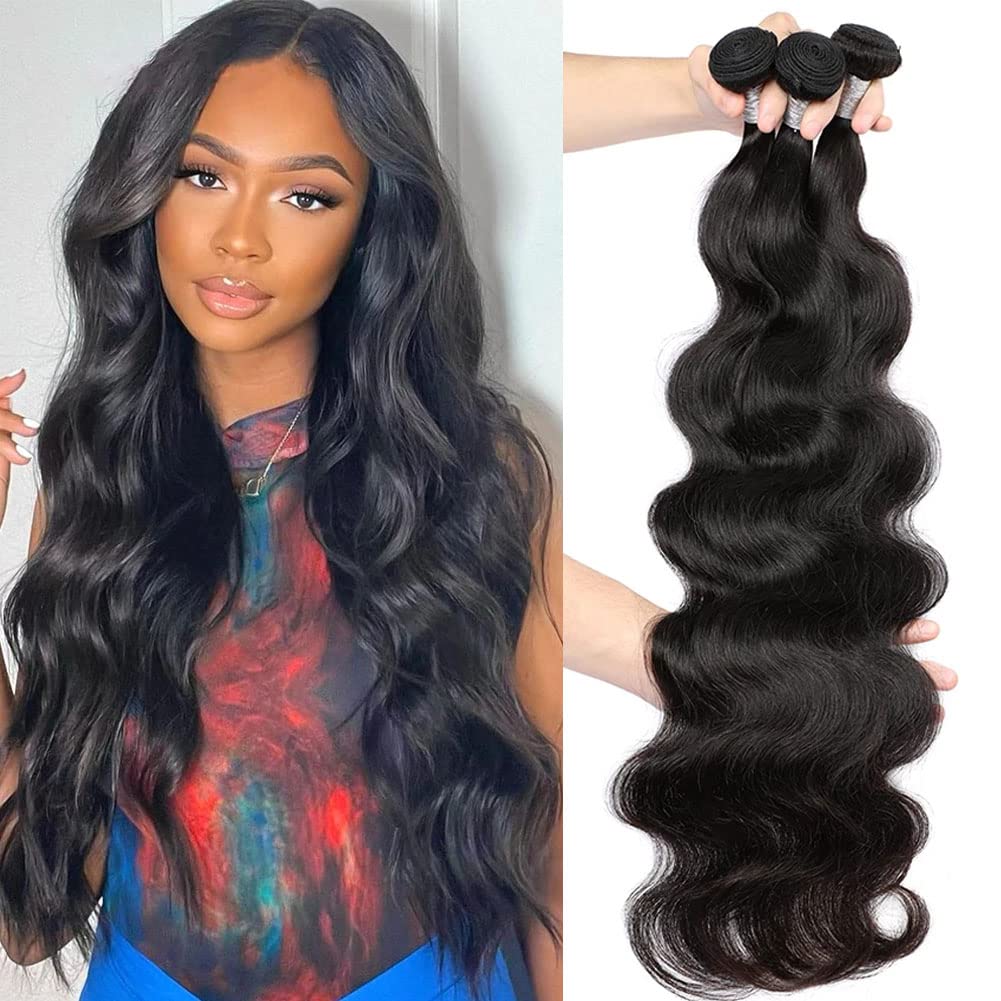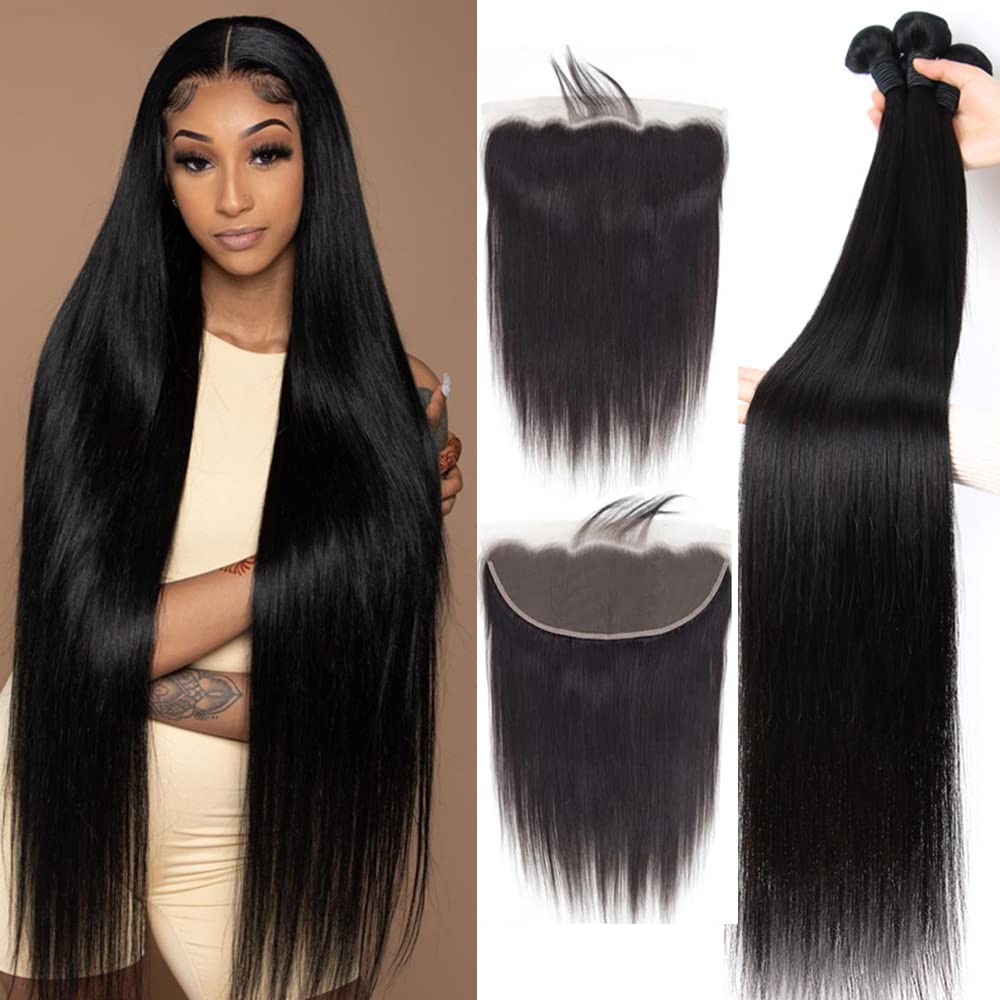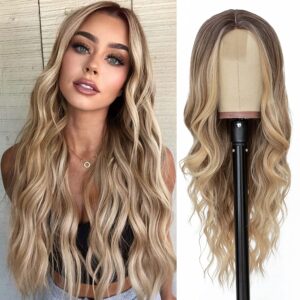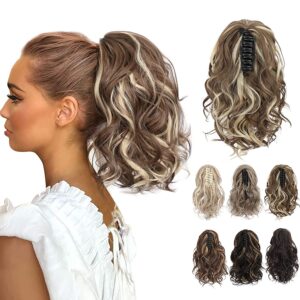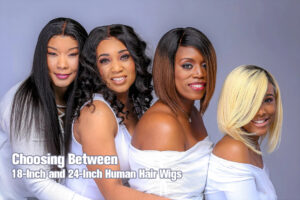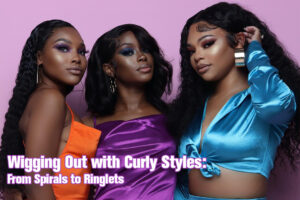How Long Does a Body Wave Wig Last?
The lifespan of a body wave wig can vary widely depending on several factors, including the quality of the wig, the material it’s made from (synthetic or human hair), how well it is cared for, and how often it is worn. Here’s a general guideline:
Synthetic Body Wave Wigs

1) Synthetic wigs typically have a shorter lifespan compared to human hair wigs.
2) With proper care and maintenance, a synthetic body wave wig can last anywhere from 3 to 6 months or longer, depending on the quality of the wig and how often it is worn.
3) Factors that can shorten the lifespan of a synthetic wig include exposure to heat, friction, and the use of harsh styling products.
Human Hair Body Wave Wigs
1) Human hair wigs tend to have a longer lifespan because they are made from real hair and can withstand more styling options.
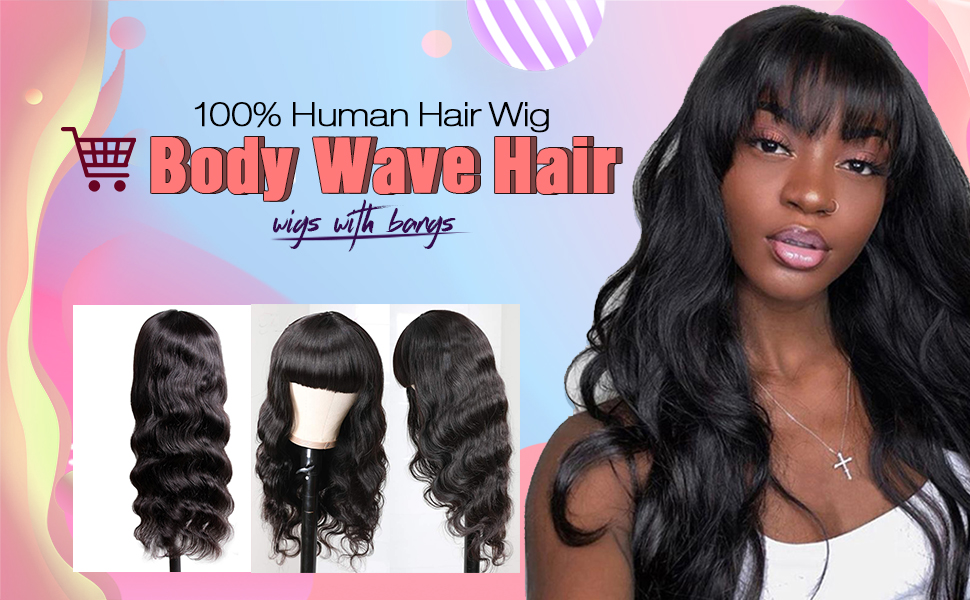
2) A well-maintained human hair body wave wig can last for a year or even several years.
3) Regular maintenance and professional care can help extend the lifespan of a human hair wig.
To maximize the lifespan of your body wave wig, it’s essential to follow proper care and maintenance routines, as outlined in previous responses. This includes gentle handling, regular cleaning, avoiding excessive heat, and storing the wig correctly. Keep in mind that the specific lifespan of your wig may still vary based on individual factors such as your level of care and how often you wear it. If you’re uncertain about caring for your wig or need advice on extending its lifespan, consider consulting with a wig specialist or stylist who can provide personalized guidance.
Can I Wear a Body Wave Wig Every Day?
Yes, you can wear a body wave wig every day if you choose to. Many people wear wigs daily for various reasons, including fashion, convenience, medical purposes, or to change their hairstyle without committing to a permanent change. However, there are some considerations to keep in mind when wearing a body wave wig daily:
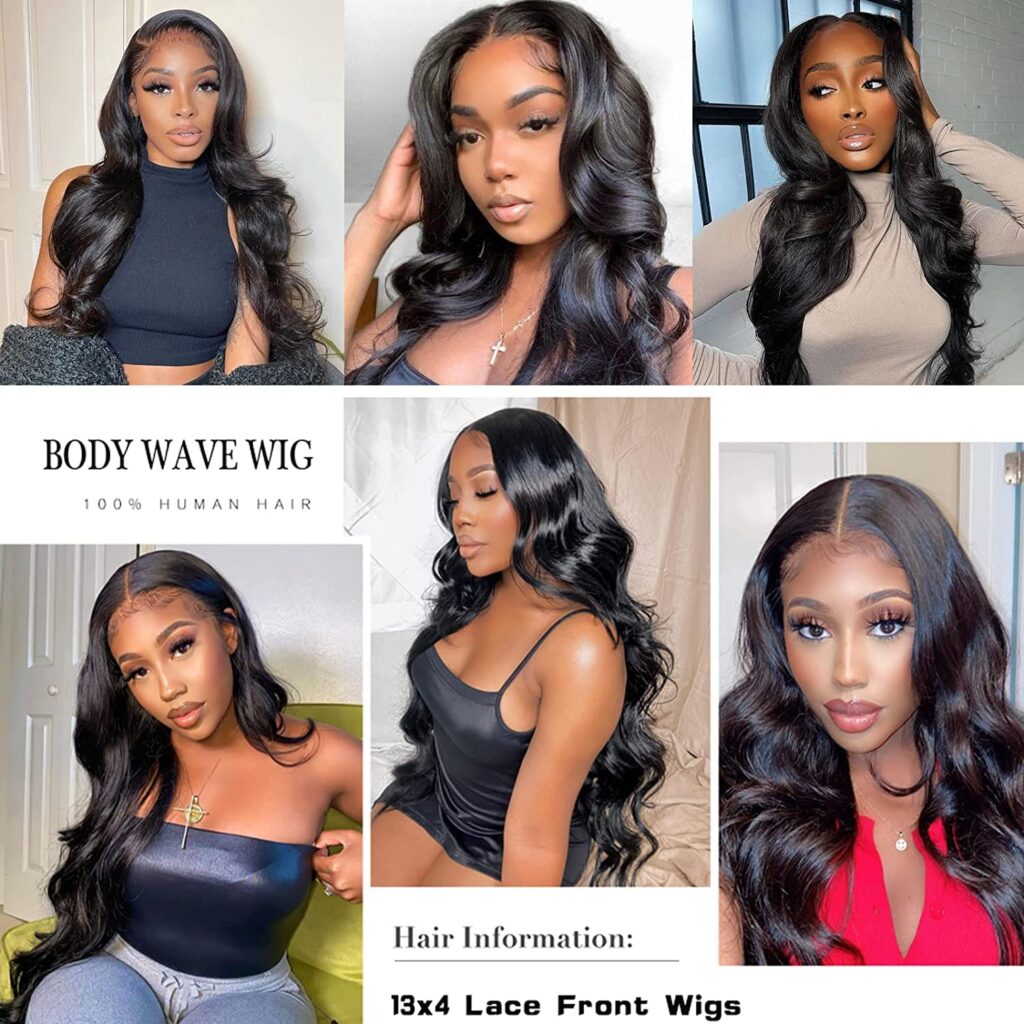
Comfortable Fit
Ensure that the wig is properly fitted to your head to ensure comfort during daily wear. Adjust the wig cap or use wig adhesive as needed to secure it in place.
Proper Maintenance
Daily wear can lead to more frequent dirt and oil buildup on the wig, so it’s crucial to follow a consistent cleaning and maintenance routine to keep the wig clean and looking its best.
Style Variation
Wearing the same wig daily may lead to a repetitive appearance. If you prefer to switch up your look, consider having multiple wigs in different styles or textures.
Rest and Care
While it’s possible to wear a wig every day, it’s essential to give your natural hair and scalp some rest periodically. You can wear your natural hair or opt for alternative protective styles to allow your scalp to breathe.
Adhesive Consideration
If you’re using wig adhesive or tape to secure the wig daily, be mindful of the adhesive’s impact on your skin. Some individuals may develop sensitivities or reactions to certain adhesives, so monitor your skin’s health.
Weather and Activities
Consider the weather and your daily activities. Extreme heat, humidity, or vigorous activities may affect the comfort and longevity of the wig. Use appropriate wig care products and follow care guidelines accordingly.
Ultimately, wearing a body wave wig every day is a personal choice, and it can be done comfortably with the right wig and proper care. Many people enjoy the flexibility and versatility that wigs offer, allowing them to change their hairstyle as often as they like.
Do Body Wave Wigs Come in Different Wave Patterns?
Body wave wigs typically feature a specific wave pattern known as the “body wave,” characterized by loose and gentle waves that flow in an “S” shape. However, there can be variations in the intensity and size of the waves, allowing for some degree of customization within the body wave category. Here are some common wave patterns you might find in body wave wigs:
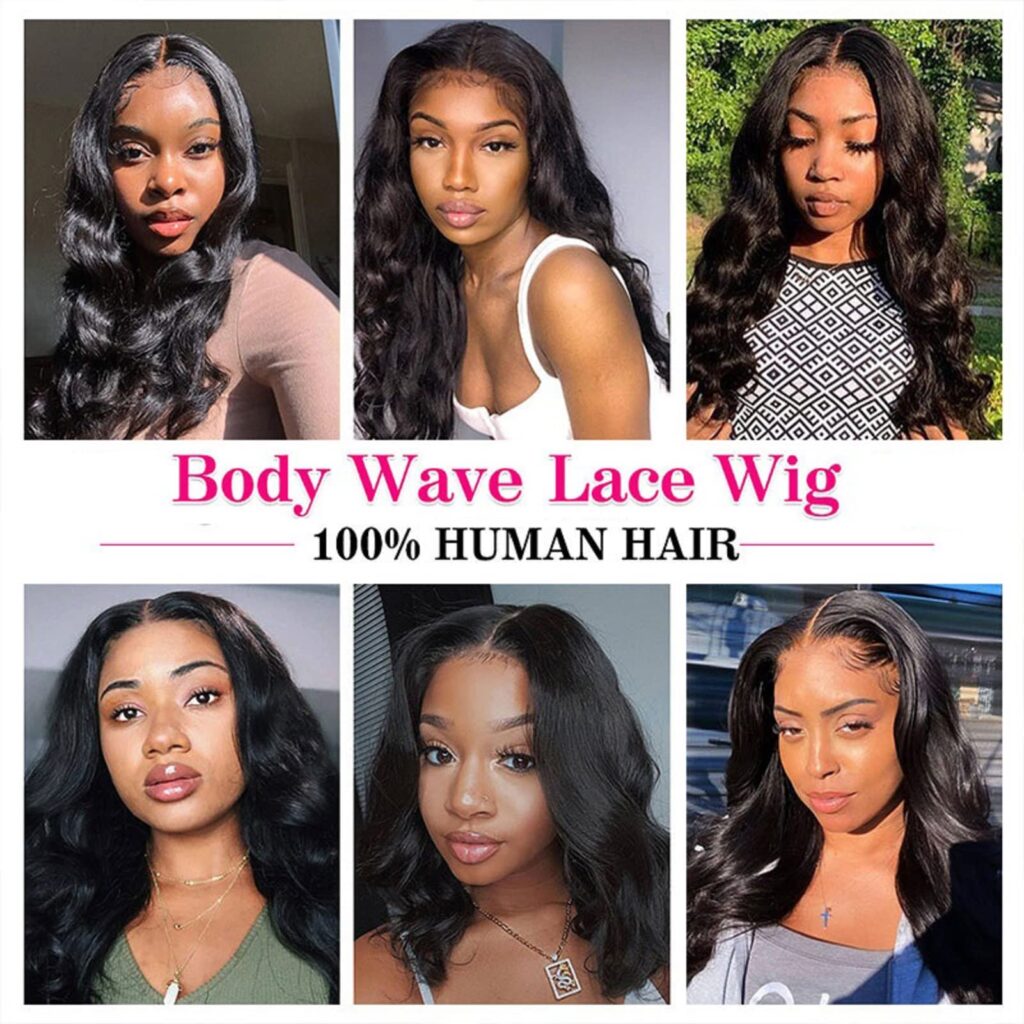
Loose Body Wave
This style features soft and relaxed waves that create a subtle, natural-looking texture.
Deep Body Wave
Deep body wave wigs have waves that are slightly more defined and structured, creating a more pronounced wave pattern.
Natural Body Wave
Natural body wave patterns mimic the appearance of hair that has been lightly waved with large rollers, resulting in a casual and effortless look.
Beachy Body Wave
Beachy body wave wigs have waves that are more relaxed and tousled, reminiscent of a beachy, carefree hairstyle.
Wet and Wavy Body Wave
Some body wave wigs are designed to look like hair that has been styled with water, offering a fresh and slightly tousled appearance.
Textured Body Wave
Textured body wave wigs have waves with a bit more volume and texture, creating a fuller and more dynamic look.
While body wave wigs primarily feature variations of loose waves, the specific wave pattern may vary among wig manufacturers and brands. When selecting a body wave wig, you can choose the wave pattern that best complements your style preferences and desired look. Additionally, some wigs may allow you to further customize the waves through styling techniques, such as using heat tools or manipulating the hair with your fingers.
Can I Dye a Body Wave Wig?

Yes, you can dye a human hair body wave wig, just as you would with natural human hair. Human hair wigs are versatile and can be colored to achieve different shades and hues. Here are the steps to dye a body wave wig:
1. Choose the Right Dye
Select a high-quality, professional hair dye or color that is suitable for human hair. Avoid using box dyes or standard synthetic hair dyes, as they may not provide the desired results.
2. Perform a Strand Test
Before applying the dye to the entire wig, it’s essential to perform a strand test. Take a small section of hair from the wig (preferably from an inconspicuous area) and apply the dye according to the instructions on the product. This will help you gauge the final color and ensure it’s what you want.
3. Prepare the Wig
Detangle the wig using a wide-tooth comb or brush, and ensure it’s clean and free of any styling products or residues.
4. Mix the Dye
Follow the dye manufacturer’s instructions for mixing the dye. Wear gloves to protect your hands during the process.
5. Apply the Dye
Lay the wig flat on a wig stand or mannequin head. Use a brush or applicator to evenly distribute the dye onto the hair, starting from the roots and working your way to the tips. Be careful not to oversaturate the hair, as this can lead to uneven coloring.
6. Processing Time
Allow the dye to process for the recommended time specified by the manufacturer. This usually ranges from 20 to 45 minutes, depending on the brand and the desired color.
7. Rinse and Condition
After the processing time, rinse the wig thoroughly with lukewarm water until the water runs clear. Apply a conditioner designed for colored hair to nourish and hydrate the hair. Rinse again.
8. Dry and Style
Gently pat the wig dry with a towel and allow it to air dry on a wig stand or mannequin head. Once it’s completely dry, you can style it as desired using heat tools or by manipulating the waves with your fingers.
Keep in mind that the dyeing process may affect the texture and condition of the hair to some extent. To maintain the integrity of your body wave wig, it’s advisable to seek professional assistance from a skilled colorist or stylist experienced in wig dyeing, especially if you’re looking for specific color results or if the wig is valuable. Additionally, human hair wigs can handle dyeing better than synthetic wigs, so it’s not recommended to attempt dyeing synthetic body wave wigs, as they may not take color well.
How do I Find the Right Size for a Body Wave Wig?
Finding the right size for a body wave wig is crucial to ensure a comfortable and secure fit. Here’s how to determine the correct wig size:

1. Measure Your Head Circumference
- Use a soft measuring tape to measure the circumference of your head.
- Start at your forehead, just above your eyebrows.
- Wrap the measuring tape around your head, following your natural hairline at the back.
- Make sure the measuring tape is snug but not too tight.
2. Note Your Measurements
- Once you’ve measured your head, note down the circumference in inches or centimeters.
3. Refer to the Wig Size Chart
- Most wig manufacturers provide size charts that correlate head circumference measurements with wig sizes.
- Compare your head circumference measurement to the size chart to determine the appropriate wig size (e.g., small, medium, large).
4. Consider the Wig Cap Construction
- Different wig cap constructions may fit differently, so take this into account when choosing your size.
- For example, wigs with adjustable straps or stretchable caps may offer more flexibility in fit.
5. Try It On
- If possible, try on the wig before purchasing it to ensure a comfortable and secure fit.
- Adjust any straps or fasteners to customize the fit to your head shape.
6. Consult a Wig Specialist
- If you’re unsure about your size or have specific fitting concerns, consider consulting with a wig specialist or stylist. They can provide personalized guidance and help you find the right fit.
Choosing the correct wig size is essential for comfort and a natural look. An ill-fitting wig can be uncomfortable and may not sit securely on your head. Keep in mind that wig sizes may vary slightly among different manufacturers, so always refer to the specific size chart provided by the brand you’re interested in.
Are Body Wave Wigs Comfortable to Wear?
The comfort of wearing a body wave wig depends on several factors, including the wig’s quality, fit, and how well it is maintained. Here are some considerations:
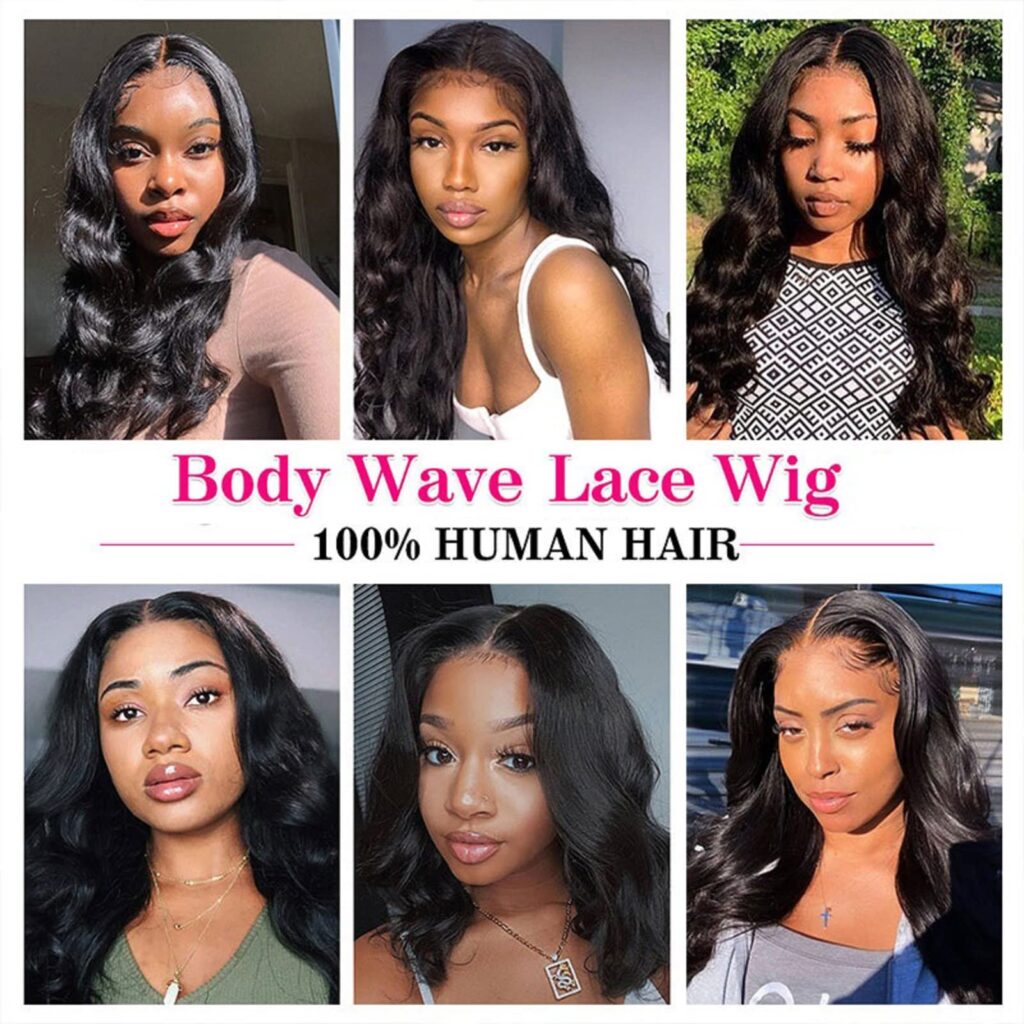
1. Fit
The fit of the wig is one of the most critical factors in comfort. It’s essential to select a wig size that closely matches your head measurements to ensure a comfortable and secure fit. Some wigs also come with adjustable straps or fasteners that allow you to customize the fit to your head shape.
2. Wig Cap Construction
Different wig cap constructions offer varying levels of comfort. Some people find that lace front wigs or wigs with monofilament tops are more comfortable because they provide breathability and a natural appearance. However, these features may come at a higher cost.
3. Quality of Materials
High-quality wigs, whether synthetic or made from human hair, often have more comfortable wig caps and softer, more natural-looking fibers. Cheaper wigs may have scratchy or uncomfortable caps and less realistic hair.
4. Proper Maintenance
Regular cleaning and care of the wig are essential for maintaining comfort. A dirty or tangled wig can be uncomfortable to wear.
5. Adjustment Period
Some individuals may need an adjustment period to get used to wearing a wig. It might feel different from your natural hair at first, but many people find that they adapt quickly.
6. Climate
The climate you live in can also affect your comfort when wearing a wig. In hot and humid weather, wearing a wig may be less comfortable due to increased sweating.
7. Wig Liners and Accessories
Some people use wig liners or wig caps under their wigs to help with comfort and to keep the wig in place.
Ultimately, comfort is a subjective experience, and what feels comfortable to one person may not be the same for another. It’s essential to choose a wig that fits well, suits your style preferences, and is made from materials that feel comfortable against your scalp. If you experience discomfort or have concerns about the fit or feel of your wig, consider consulting with a wig specialist or stylist who can provide personalized guidance and solutions to enhance your comfort.

